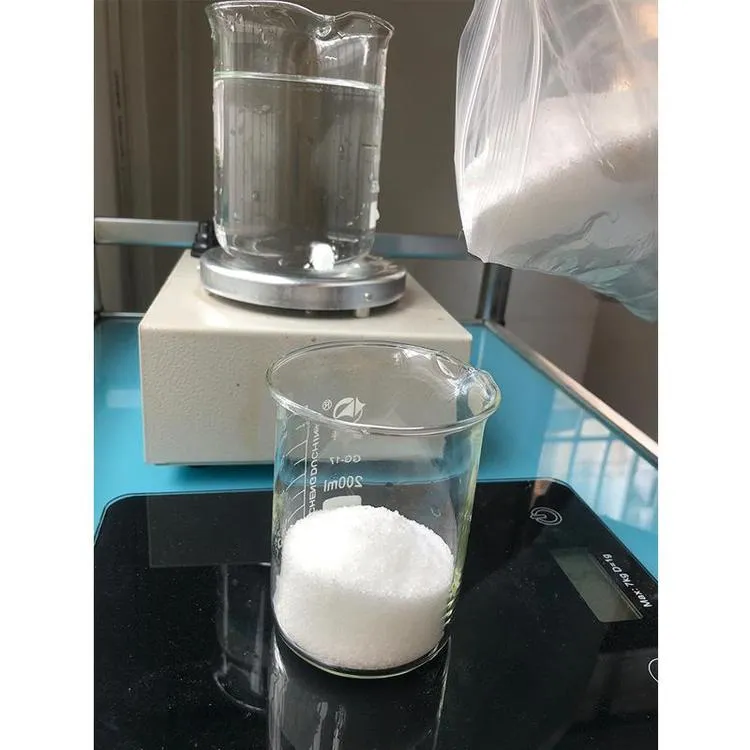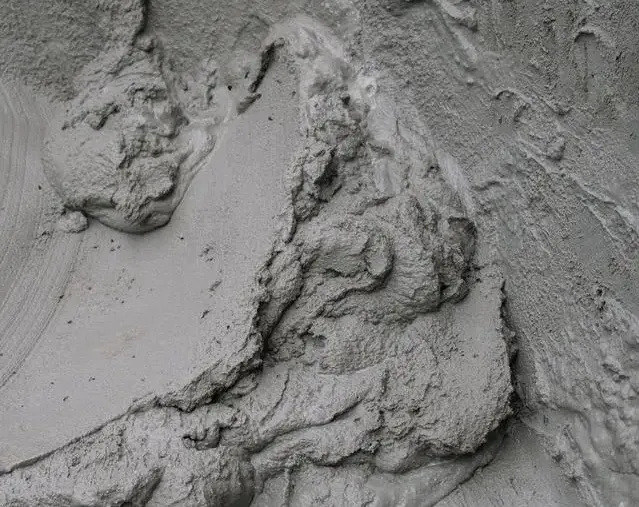
Polyvinyl Alcohol: The Backbone of Construction Adhesion and Durability
Polyvinyl Alcohol (PVA) is an increasingly popular material in construction and industrial applications due to its excellent film-forming, emulsifying, and adhesive properties. Often referred to as PVA plastic, PVA material, or PVOH plastic, this synthetic polymer is not only biodegradable but also exhibits impressive solubility in water, making it a key additive in cement, mortar, and plaster formulations.
In bulk supply, PVA bulk is used by manufacturers and contractors seeking cost-effective, high-performance construction solutions. With the rise in demand for sustainable yet high-performing materials, PVA plastic bags, PVA additives, Und PVA automation systems are revolutionizing material handling and application processes. Especially in applications like adding PVA to mortar Und adding PVA to cement, the polymer enhances workability, adhesion, and crack resistance.
Further, bp26 PVA and specialized grades like PVA 088 20 Und PVA 088 50 are tailored for specific performance criteria—ranging from improved tensile strength to better bonding with substrates such as concrete, plaster, or rendering layers.

Practical Construction Applications: From Cement Additives to Plastering Aids
PVA has carved a niche for itself in both residential and commercial construction. Whether you are adding PVA to mortar or using it as a PVA bond for plastering, it significantly improves the overall integrity of the structure. Its compatibility with cementitious materials makes it an ideal PVA bond for concrete Und PVA bond before painting, ensuring longevity and reduced maintenance over time.
Here’s how it’s commonly used in the field:
PVA for plastering walls: It helps reduce suction, allowing for a more even and lasting plaster application.
PVA for rendering: Applied as a primer, it allows render to adhere more effectively to surfaces.
PVA after plastering: A diluted solution can be used to seal and protect freshly plastered surfaces.
PVA and cement mix: The addition of PVA enhances bonding strength, reduces permeability, and improves resistance to wear and tear.
Additionally, polypropylene fibers, often blended with PVA-modified mortar or concrete, offer excellent reinforcement. These fibers help control plastic shrinkage and improve tensile strength—an ideal combination for modern concrete applications such as PVA board installations or reinforced overlays.

The Versatility of PVA: Beyond Construction
While the primary focus here is its use in construction, PVA’s applications go beyond mortar and cement. Industries are now leveraging PVA automation for mass production and precise application of PVA plastic components. The material’s biodegradable nature also makes PVA plastic bags an eco-friendly packaging alternative in sectors striving for sustainability.
Suppliers across the globe, including leading PVA suppliers, are making specialized formulations readily available. If you're evaluating chemical safety and compatibility, the polyvinyl alcohol MSDS (Material Safety Data Sheet) and polyvinyl alcohol PDF data sheets are essential tools, outlining PVA’s handling, solubility, and environmental impact.
Moreover, in educational and research settings, the Polyvinylalkohollösung is used for film formation and coating experiments due to its ease of solubility and strong film integrity. Polyvinyl alcohol soluble in water has become a key characteristic driving innovation in dissolvable packaging and industrial cleaning agents.
Choosing the Right PVA Grade for Your Application
Whether you are a contractor, builder, or materials engineer, the importance of selecting the right PVA cannot be overstated. From PVA bond for plastering Und PVA for rendering to adding PVA to cement, every application benefits from the unique properties of polyvinyl alcohol. Grades like PVA 088 20, PVA 088 50, Und bp26 PVA provide tailored performance for diverse needs.
By working with reliable PVA suppliers and understanding how to integrate PVA into your processes, you can elevate the quality and durability of your construction work. And with growing interest in PVA plastic for both environmental and structural benefits, now is the perfect time to explore this powerful polymer.
FAQ Title: Common Questions About Using PVA in Cement, Mortar, and Plaster
What are the benefits of adding PVA to cement and mortar?
Adding PVA to cement and mortar improves bonding strength, reduces cracking, and increases durability. It also enhances workability, making it easier to apply in plastering and rendering.
How do I use PVA bond for plastering walls effectively?
Dilute PVA in a 1:4 ratio with water and apply it as a primer before plastering. This creates a strong adhesion layer between the wall and plaster, reducing the risk of detachment.
What’s the difference between PVA plastic and PVOH plastic?
PVA (Polyvinyl Alcohol) and PVOH (Polyvinyl Alcohol, another name for the same polymer) are the same material but may be referred to differently depending on the industry. Both are water-soluble and biodegradable.
Can I use PVA for rendering exterior walls?
Yes, PVA for renderingexterior walls helps improve adhesion and resistance to weathering. Look for formulations like exterior waterproof PVA for better outdoor performance.
What should I consider when choosing PVA suppliers or grades like PVA 088 20 or PVA 088 50?
Choose a PVA supplierthat provides technical data sheets (e.g., polyvinyl alcohol MSDS) and can match your project needs with the right grade. PVA 088 20 Und 088 50 differ in viscosity and bonding strength, so selection should be based on application specifics.
-
Hydroxypropyl Starch as a Sustainable Construction AdditiveNewsNov.24,2025
-
The Gelation Properties of CMCNewsNov.21,2025
-
Redispersible Latex Powder and Water Retention CapacityNewsNov.21,2025
-
Dosage Control for Polycarboxylate Water ReducerNewsNov.21,2025
-
Film-Forming Properties of Polyvinyl AlcoholNewsNov.21,2025
-
The Function of Gypsum Additives in MortarNewsNov.21,2025





















